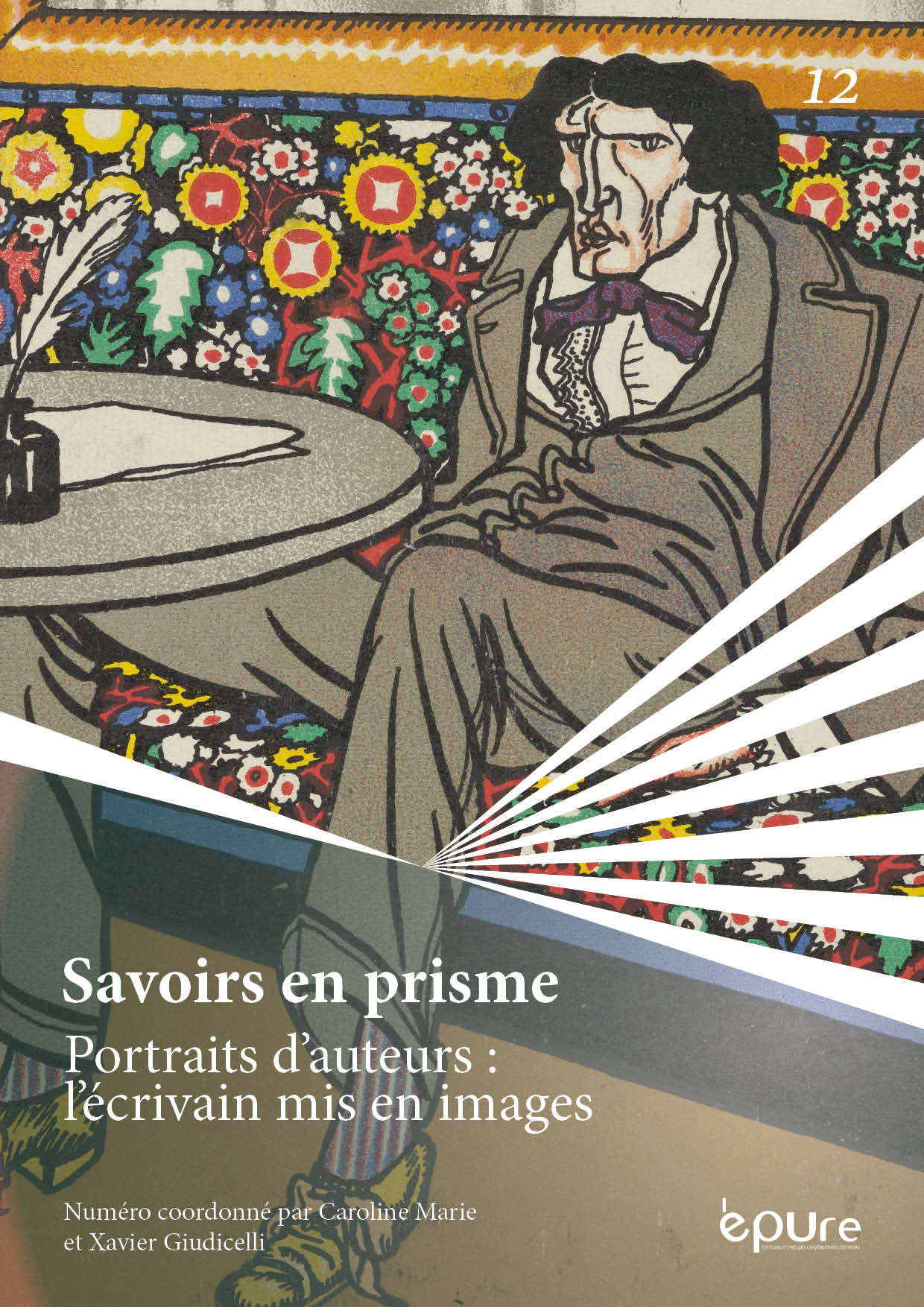Balzac from Would-be Dandy to Giant: Representing the novelist’s body
Abstract
Balzac published La Comédie humaine in an era of increasing graphic content (such as caricatures and portraits) in newspapers—it was the beginning of the cult of images and the lithographic press. The novel however, a new literary genre, suffered from a lack of legitimacy and this took a toll on Balzac’s image. Despite Balzac’s best attempts to control the narrative and portray himself as a dandy or a monk devoted to literature, caricaturists mocked his obesity and derided him as a parvenu. His reactions to journalists’ attacks reveal his struggle with the dichotomy of striving for either contemporary fame (using favorable and negative exposure to increase publicity) or posterity (i.e. preserving an honorable image for future generations.) In the end, Balzac effectively transforms the aesthetic perception of writers by embodying a new type or author: the grand romancier.
Copyright (c) 2020 Savoirs en prisme

This work is licensed under a Creative Commons Attribution-NonCommercial-ShareAlike 4.0 International License.


